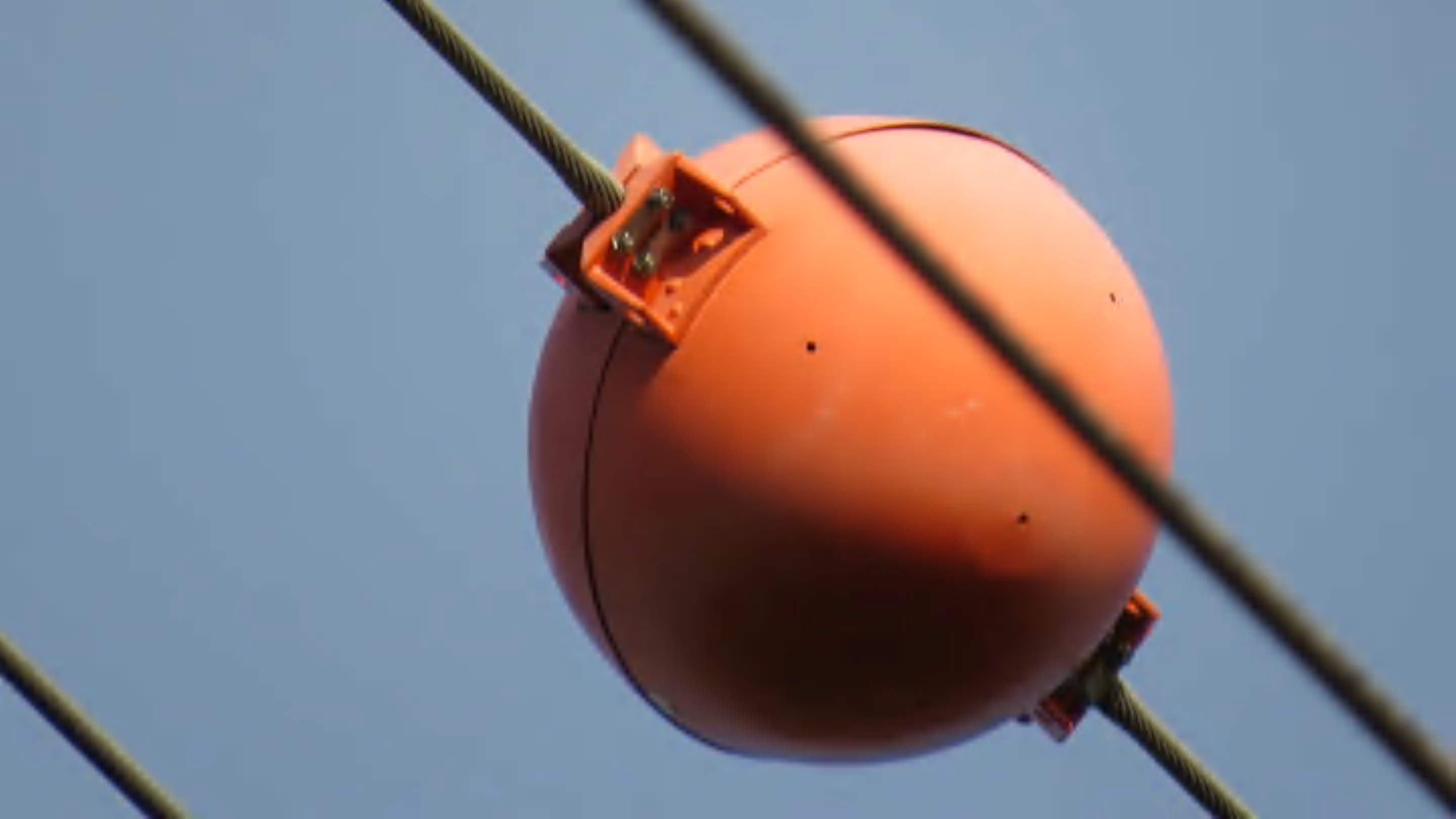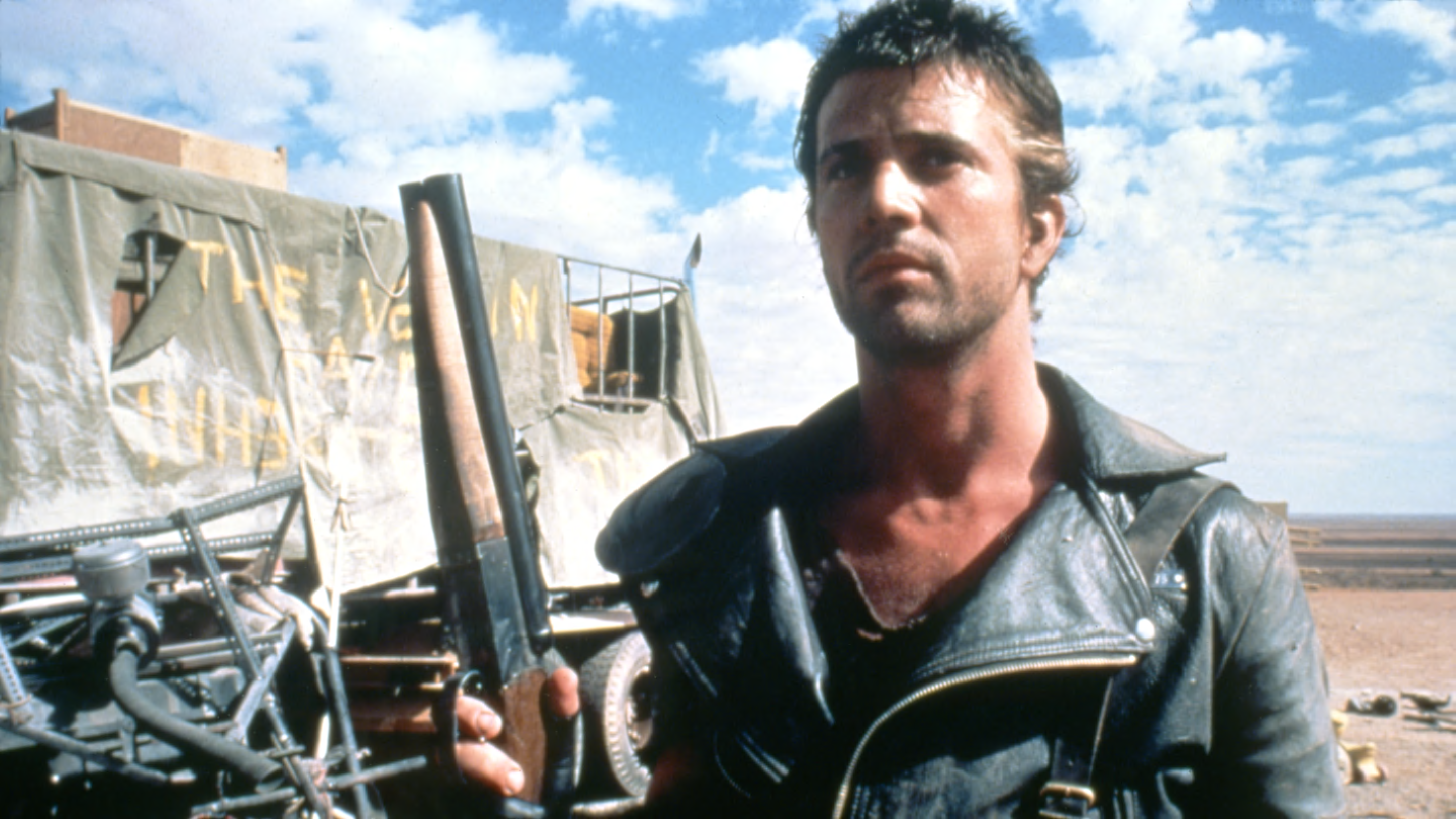
www.upworthy.com
We've been Airbnb hosts for 7 years. We agree—cleaning fees and check-out chores are bunk.
In 2016, My husband and I started renting our basement apartment out as a short-term rental on Airbnb. We live in a college town and figured we'd get some guests during football game weekends and graduations. We didn't realize how many people come to our town to visit their college kids or check out the school, so we were pleasantly surprised by how regularly we were booked. In 2019, we bought the house next door and now rent out both floors of the old house as separate units. We love being Airbnb hosts and have had a very successful run of it, with hundreds of 5-star reviews, Superhost status and lots of repeat guests. We also don't charge a cleaning fee or make guests do check-out chores. In fact, we find both things rather loathsome.What makes us good hosts is that we've been Airbnb guests for years. As a family of five that travels a lot, we've found far more value in Airbnbs than in hotels over the years. We love having a kitchen, living room and bedrooms and feeling like we have a "home" while traveling. We even spent a nomadic year staying at short-term rentals for a month at a time. When you've experienced dozens of Airbnbs as a guest, you learn what guests appreciate and what they don't. You see what's annoying and unnecessary and what's to be expected in comparison to a hotel. We started taking mental notes long before we started our own rental about what we would want to do and not do if we ever had one and have implemented those things now that we do. As guests, we know the pain of the cleaning fee, so we don't charge one. via GIPHYIt helps that my husband has a flexible schedule and grew up helping with his parents' janitorial service, so most of the time he cleans the apartments himself. We could charge a cleaning fee for his time and labor, but even if we were paying for outside cleaners, we still wouldn't put a separate fee onto guest bookings. It makes far more sense to us to just wrap the cleaning fee into the per-night price.From a host's perspective, the one-night stay is where the cleaning fee question hits the hardest. Whether someone stays one night or 10 nights, the cleaning cost is the same. But spreading the cost over 10 nights is a very different beast than adding it to one night, especially from a guest's perspective. On the host side, if we had to pay cleaners without passing that fee onto guests, we've barely make anything on one-night stays. But on the guest side, a $100 a night stay suddenly jumping to $150 because a cleaning fee was added is painful, and often a dealbreaker. You can see the conundrum.
$200 cleaning fee Airbnb — (@)
The way we see it, and as other Airbnb hosts have found, wrapping cleaning costs into the base price comes out in the wash over time, as long as you have some longer-term stays mixed in with the one-nighters. And it's a much better experience for the guest not to get hit with sticker shock on the "final cost" screen, which is already eye-popping when service fees and taxes are added on.(I will say, this may only ring true for smaller units. If you're renting a huge home, cleaning costs are going to be higher just because it takes longer to clean. But I still don't think the full cost should be passed onto guests as a separate fee.)
If you charge a cleaning fee, you should not be allowed to include CHORES in your AirBnB rules — (@)
As for check-out chores—asking guests to do things like start laundry, sweep the floor, take out the trash, etc.—those have never made sense to us. Hosts should have enough switch-out linens that laundry doesn't have to be started prior to checking out, and none of those chores save enough time for the cleaning people to make it worth asking guests to do it. I can see taking out trash if there wasn't going to be another guest for a while, but usually you'd want to clean right away after a stay anyway just in case it does get booked last minute. The only thing we ask guests to do is to start the dishwasher if they have dirty dishes (as a guest, I've never found that an unreasonable request), lock the door and have a safe trip home. Don't need to pull the sheets. Don't need to take out any garbage or recycling. Those things don't take that long, but that's just as much a reason not to ask guests to do it. Annoying your guests by asking them to do something extra isn't worth the tiny bit of time it might save the cleaning people. And you know what? This approach works really well. Approximately 95% of guests leave the apartments clean and tidy anyway. In seven years, I can count on one hand how many problems we've had with guests leaving a mess. That's been a pleasant surprise, but I think part of the reason is that guest are simply reciprocating the respect and consideration we show them by not making them pay extra fees or do chores on their way out. To be fair, it probably also helps that we aren't some big real estate tycoon buying up a bunch of apartments and turning them into short-term rentals run by impersonal management companies. People's complaints about how short-term rentals impact local housing economies are legitimate. We're more aligned with the original "sharing economy" model, renting out our home to guests who come through town. And in a small college town with a large university, there often aren't enough hotel rooms during busy weekends anyway, so it's been a bit of a win-win. I think being right next door, having personal communication with our guests (but also leaving them their privacy), and not charging or asking anything extra of them makes them want to be respectful guests. From our perspective, both as guests and hosts, cleaning fees and check-out chores simply aren't worth it. This article originally appeared on 4.4.24












![Psaki Pushes Kamala As Biden ‘Alternative,’ Worries America Is Too Sexist & Racist [VIDEO]](https://www.rvmnews.com/wp-content/uploads/2024/07/2024.07.11-02.12-rvmnews-668fe86ba547b.jpg)


